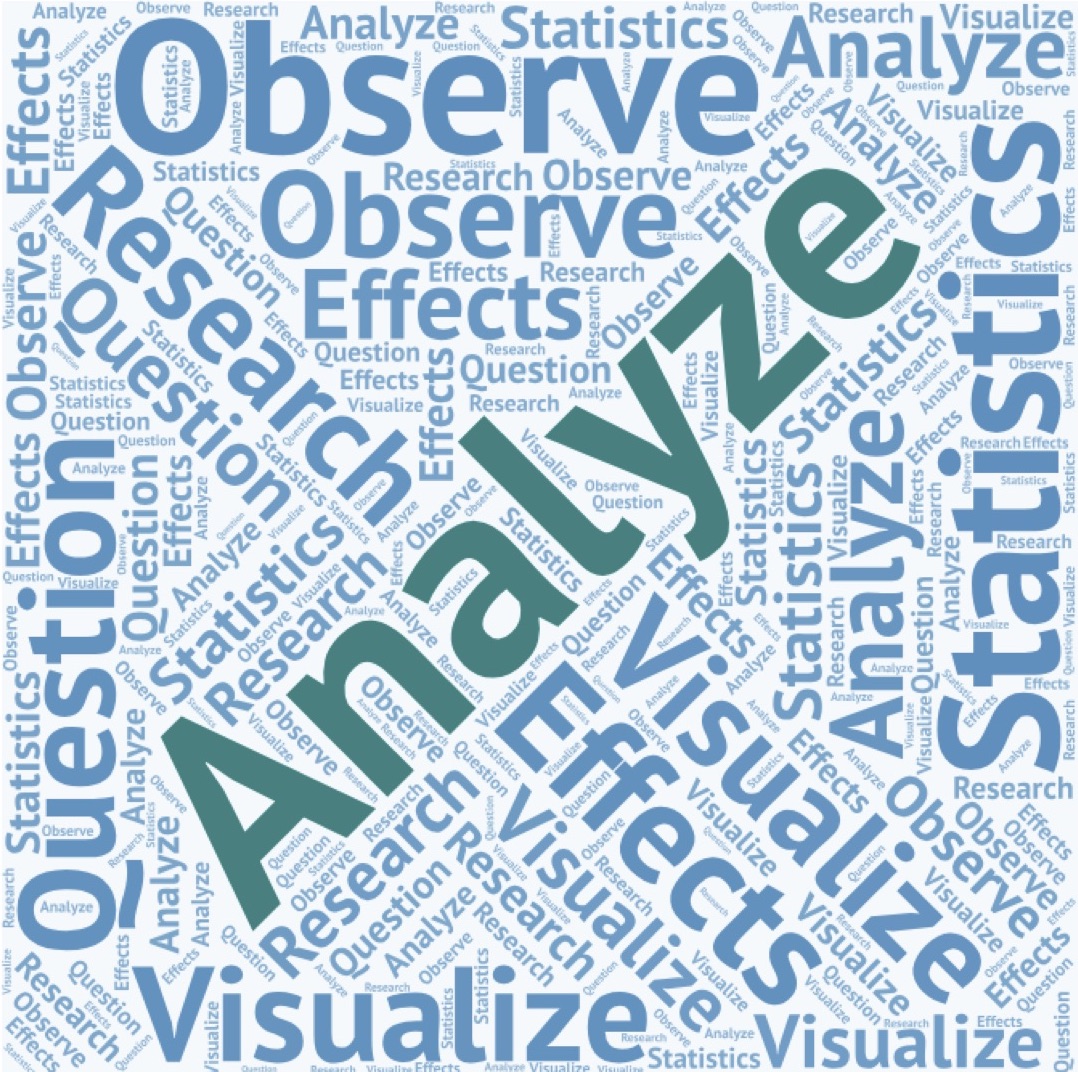Teacher Roadmaps - Visualizing and Analyzing Data
Look for Trends and Patterns

- Help students to set up a data plan before they begin collecting data. Suggest that they track data in an organized way so that they can see patterns in their data as it is collected.
- Try to tailor your expectations to your teams. Some students will struggle with organizing data as they have little practice creating structure by choosing meaningful categories to describe the data.
- Provide the students with suggested options for displaying data and to encourage discussion rather than a step-by-step guide for how to present their data. The end result might not be as polished, but the learning that comes from making group decisions about how to display data is important.
- Help students to improve their data communication skills. Request labels, informative titles, and explanations of why they chose to display the data as they did.
- Help students to recognize patterns in their data, even if the patterns are not directly related to answering their research question.
- Ask students to consider if there is more than one interpretation for a particular piece of data and any uncertainty in how the data can be interpreted.
- Ask students if all the results tell the same story as a way to introduce the idea of congruence in multiple lines of evidence.
- Ask students if enough data have been collected to come to a conclusive conclusion.
Work with a math teacher
If appropriate, pair up with your students' math teacher to plan a few crossover lessons explicitly linking what students learn in math class with their PlantingScience projects or with scientific data analysis in general.
See also the Visualizing Data Resources for Students and Mentors